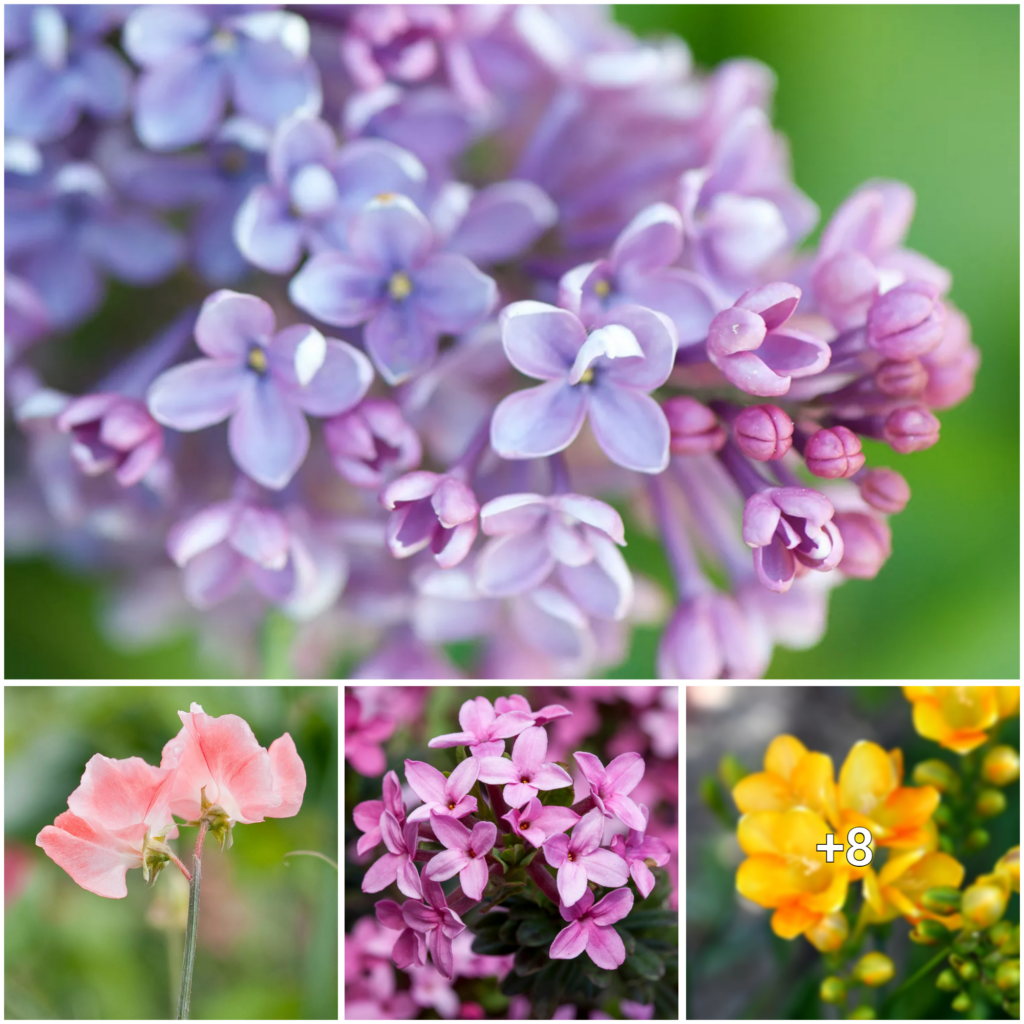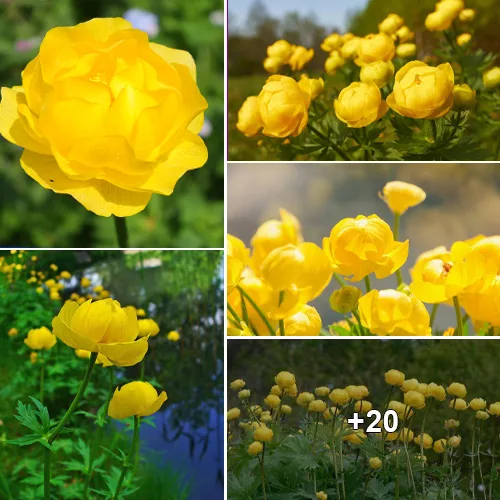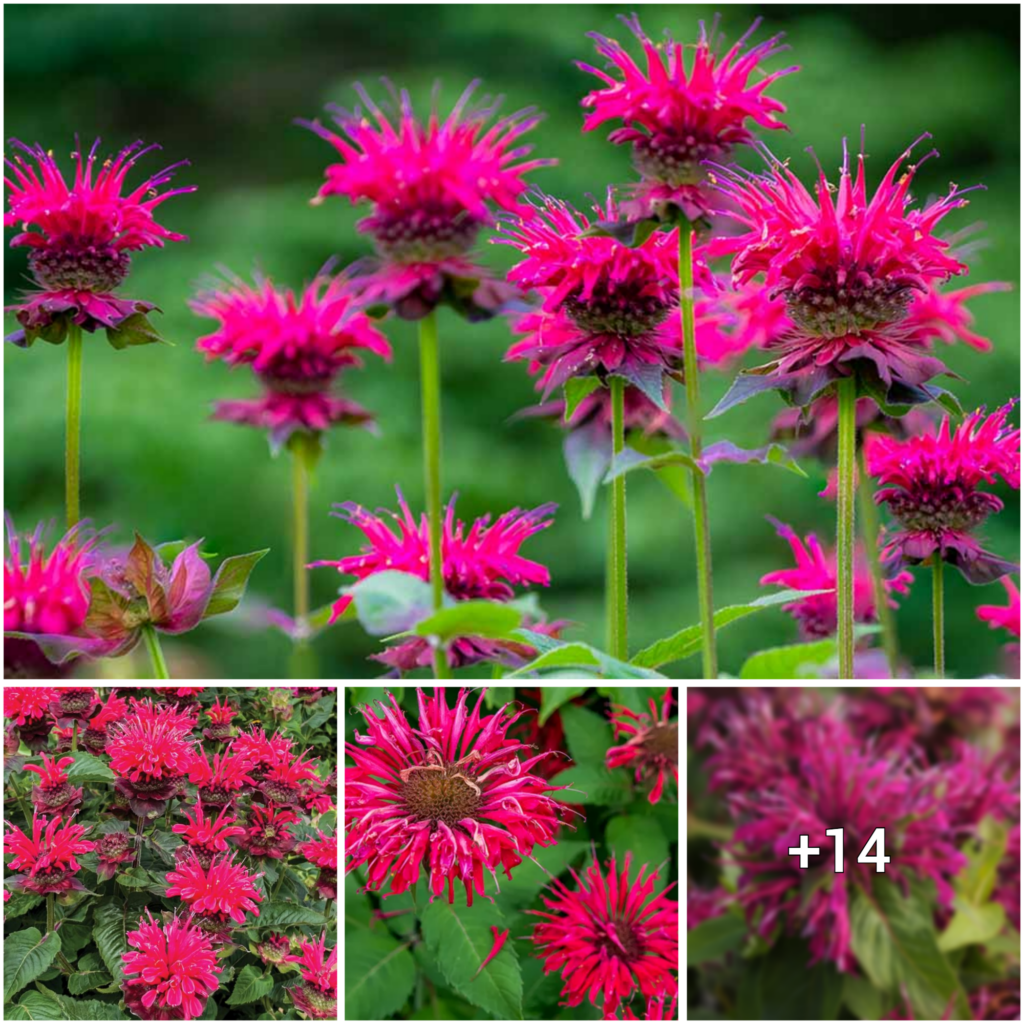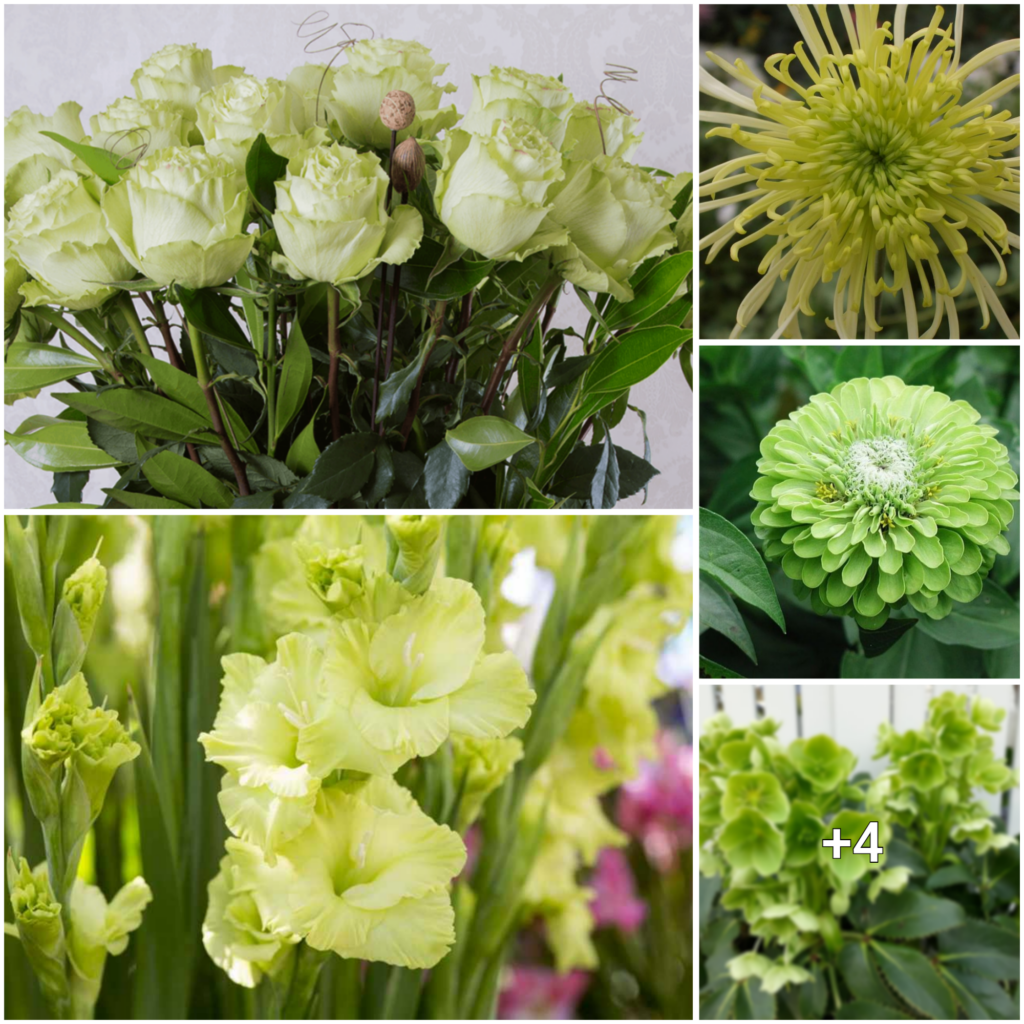Geraniums are a favorite among garden lovers who desire an easy-to-care-for and visually stunning option. With their gorgeous hues and delicate blooms, geraniums can elevate any garden into a magnificent exhibition of nature’s splendor. This piece will delve into professional advice and techniques for cultivating a stress-free garden adorned with these charming blossoms.

When dealing with geraniums, it’s important to remember that the right preparation and planning can make all the difference in creating a healthy and low-maintenance garden. Follow the tips below to ensure your geraniums thrive with minimal effort required.

Choosing the appropriate type of geraniums for your garden is a top priority. Considering the vast array of species, each with its distinct features, it’s vital to pick those that match your climate and soil requirements. Settling for geraniums that are indigenous or adjusted to your area will heighten their chances of thriving and decrease the level of upkeep necessary.

Aside from choosing the right type of geranium, where you place it in your garden is just as essential. Geraniums love sunny spots, so make sure to pick an area that receives at least six hours of sunlight per day. This way, your geraniums can soak up the sun and grow to their fullest potential. Proper positioning will also prevent any problems caused by insufficient light.

Additionally, getting your soil ready is a crucial factor in establishing a hassle-free geranium garden. Geraniums thrive in soil that drains well and has a pH level that’s slightly acidic to neutral. It’s recommended to add organic matter like compost or well-decomposed manure to your soil before planting to enhance its structure and fertility. This will provide your geraniums with the essential nutrients they need to grow healthy, and create a suitable habitat that diminishes the need for frequent fertilization.

Keeping a low-maintenance geranium garden requires paying attention to watering. Although geraniums need watering frequently, it’s important not to overdo it, as this can bring about root rot and other problems. Achieving the right balance means watering your geraniums thoroughly, but not too often, allowing the soil to dry up a bit between each watering session. By doing so, you’ll encourage your geraniums to develop a healthy root system and make them stronger and better equipped to thrive on their own.

Mulching is an excellent technique that can help retain moisture, regulate the temperature, and suppress weed growth. By adding a layer of organic mulch, such as straw or wood chips, around your geraniums, you can ensure that your plants stay healthy and hydrated for longer periods. This technique also reduces the need for excessive watering and minimizes the chances of pest infestations, making it easier to maintain a beautiful garden. Therefore, mulching is an essential practice that every gardener should adopt to create a low-maintenance and healthy environment.

Regularly performing deadheading is crucial in maintaining your geranium garden with ease. Deadheading entails removing the spent flowers through pinching or cutting to encourage continuous blooming and prevent seed production. By incorporating this simple practice into your gardening routine, you can prolong the flowering period while preventing energy diversion towards seed formation in your geraniums.
Apart from deadheading, pest control plays a critical role in reducing maintenance efforts in your geranium garden. Although geraniums are generally pest-resistant, occasional infestations may occur. To manage such issues, inspect your plants regularly for pests like spider mites and aphids and use insecticidal soap or beneficial insects to keep them under control. With a proactive and vigilant approach, you can reduce the impact of pests and maintain a healthy garden environment.




